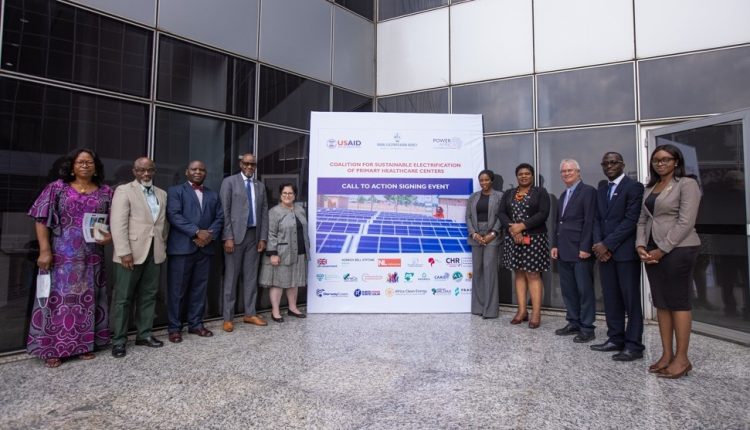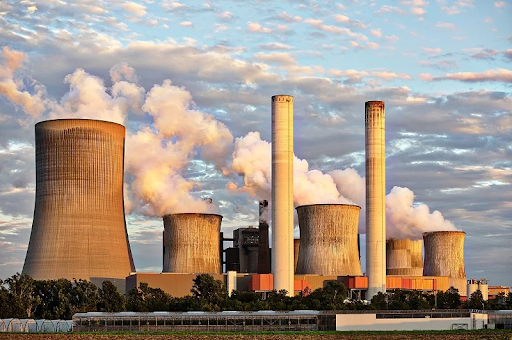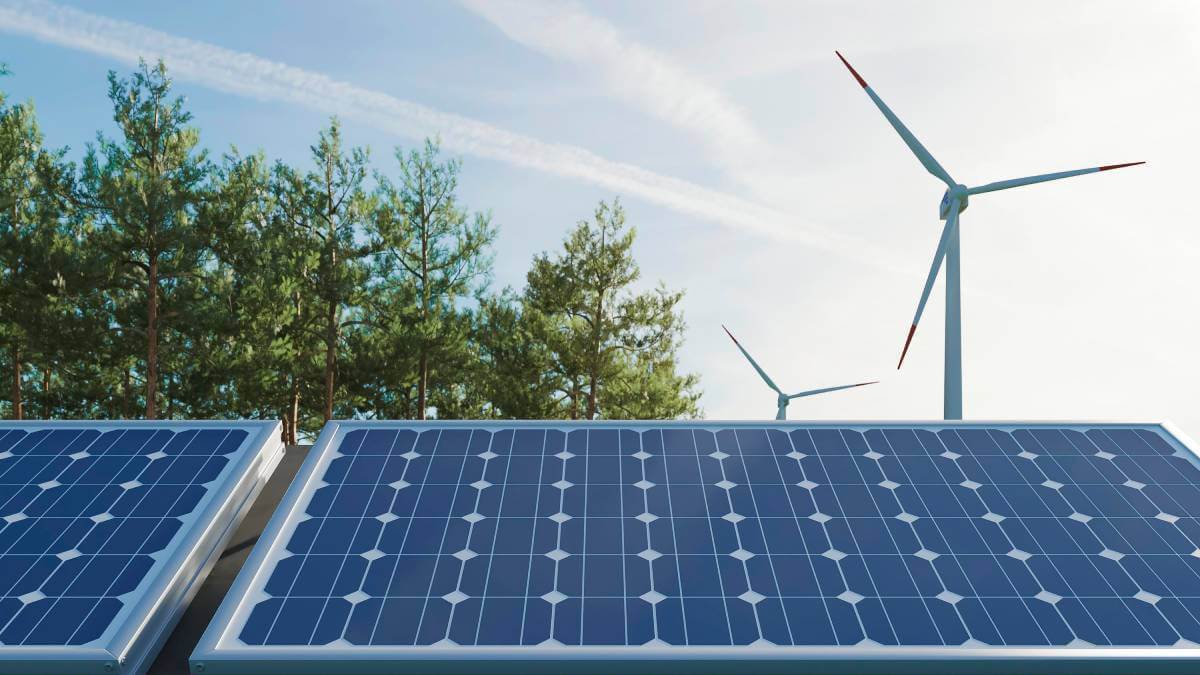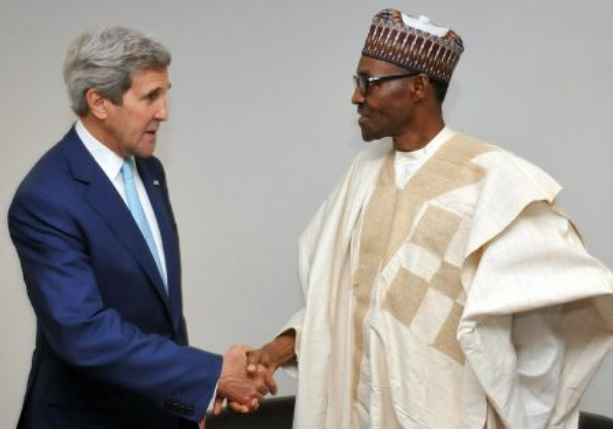The United States Agency for International Development (USAID) has unveiled the Health Electrification and Telecommunications Alliance (HETA), which is aimed at electrifying 10,000 healthcare facilities across Africa.
The Health Electrification and Telecommunications Alliance (HETA) was inaugurated at the recently concluded U.S.-Africa Leaders’ Summit, held in Washington.
The United States Agency for International Development’s project was established to ensure no fewer than 10,000 medical centres have access to electricity in the African continent, which will significantly contribute to improving service delivery in the centres.
Recall that the agency had announced in April 2022 plans for the new public and private sector alliance for the electrification project, which will take place over the next eight to ten years in the continent.
HETA will be fully operational under the Power Africa program, which was instituted during former US President Barack Obama’s administration to facilitate the electrification of the African continent.
According to USAID, the HETA alliance is a five-year cooperative agreement that will employ USAID resources to raise $150 million from the private sector “to provide reliable, renewable power and provide mobile network and Internet access to at least 10,000 health institutions in sub-Saharan Africa.”
According to the US agency, “millions of people seeking care and treatment are at risk because they cannot rely on refrigeration for medical products like vaccines, lights for childbirth or emergency surgery at night, or digital connectivity for the communications and records management that modern medicine depends on.”
Read also: AfDB Invests $21 Million In Chad’s Clean Electricity Project
Solar photovoltaic systems with battery storage and other electricity access strategies will be used to electrify these clinics and grid sites. In order to maintain the systems and provide “financial sustainability to establish the effort as a formal program outside of USAID,” excess electricity produced by these installations will be sold to the local populations.
Along with the founding members of the private sector alliance, Bechtel, Orange, and 25 other businesses, organisations, and foundations in the health, energy, and telecommunications sectors, the US firm Abt is serving as the primary integrator for HETA with Resolve. This is to make sure the plan runs seamlessly.
About United States Agency for International Development (USAID)
The top international development organisation in the world, USAID is a catalyst for progress in development. The work of USAID fosters recipient resilience and self-reliance while also advancing American generosity, national security, and economic development.
The goal of foreign aid should be to eliminate the need for it. We give development aid to help our partner countries become self-sufficient. These countries are looking for ways to improve lives, strengthen communities, and become self-sufficient.
USAID operations are not only carried out by the American people but are also for their good.
They also open up more trade opportunities, find creative answers to problems that used to be impossible to solve, save lives, and move democracy, governance, and peace forward. By addressing the causes of violence, USAID promotes global stability, opens up new markets and trade opportunities, finds creative solutions to development problems that were once unsolvable, saves lives, and moves democracy, governance, and peace forward.
About USAID’s Power Africa
The U.S. government-led partnership Power Africa brings together the combined resources of the private sector, international development agencies, and governments from across the world. This is done to make sure that everyone in sub-Saharan Africa has access to energy and to end energy poverty.
Power Africa’s goal is to advance inclusive, low-carbon economic growth that improves lives and powers health, education, and prosperity by adding 60 million new electricity connections as well as 30,000 MW of new and cleaner generation capacity.
So far, Power Africa has successfully provided 34.6 million new electricity connections and 6,500 megawatts of new electricity, turning lights on across the continent. Now, about 80 percent of online power projects use renewable energy due to the initiative.





